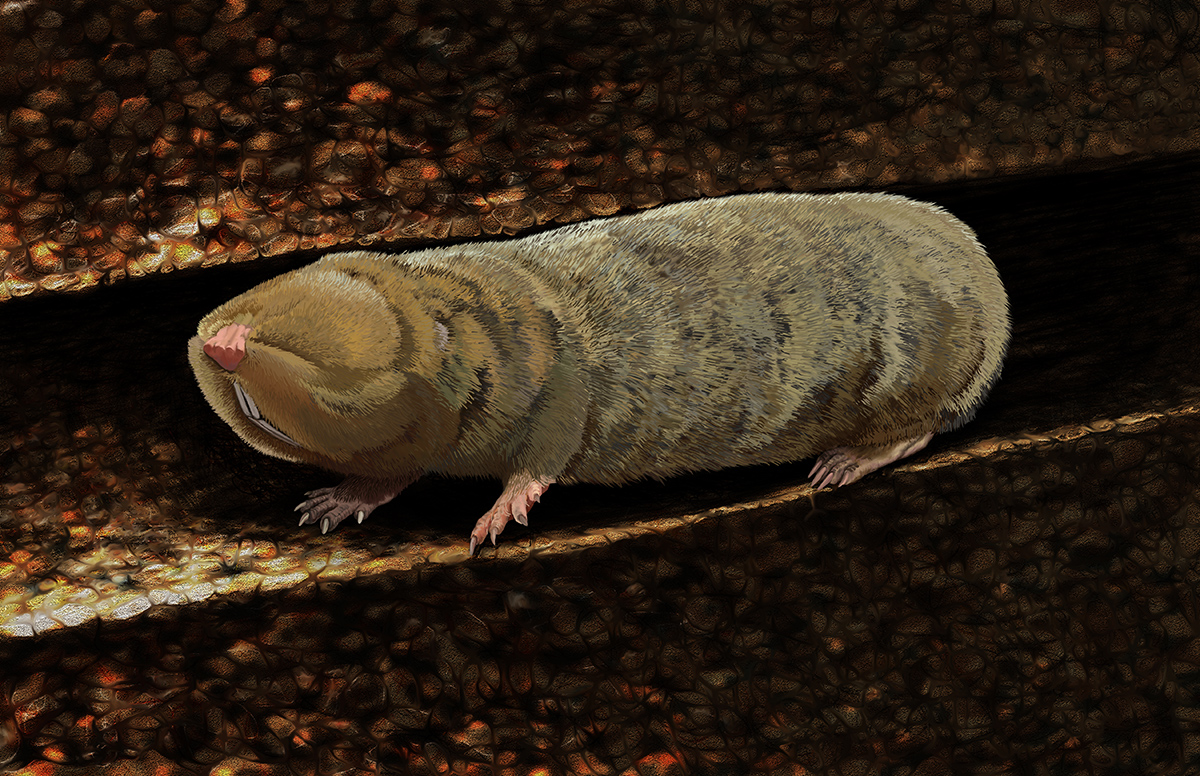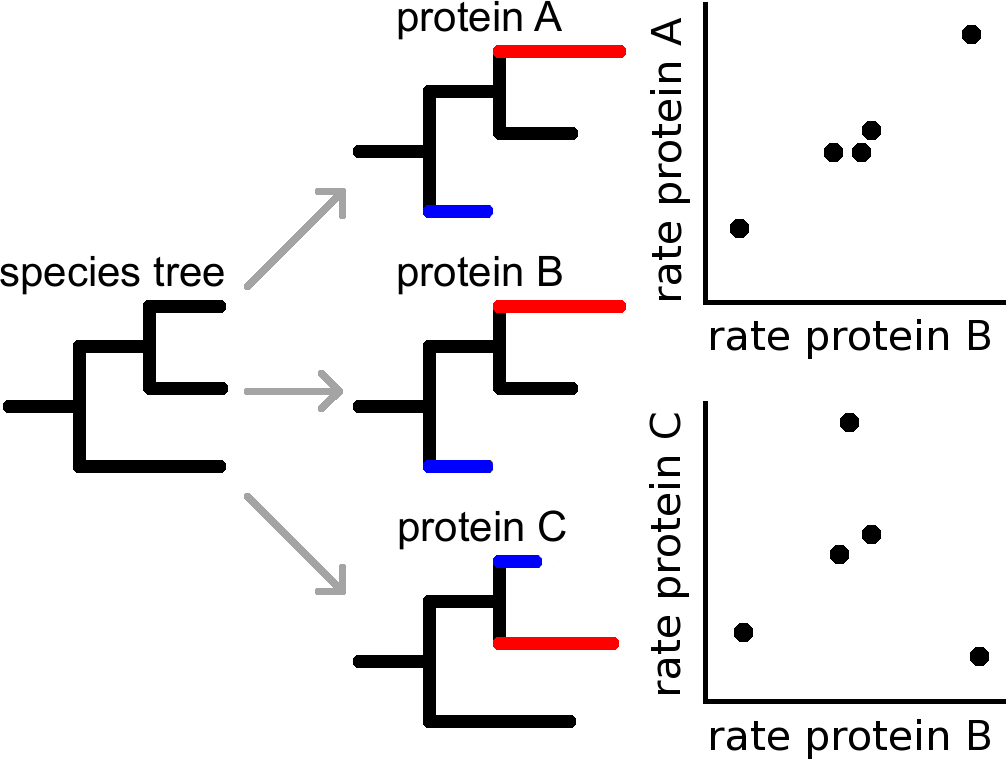RESEARCH
RESEARCH
Research Summary Videos
2024: Lab Introduction for in-coming PhD students
Click here to watch
2021: SMBE Presentation
History Repeats Itself: Using evolutionary convergence to reveal adaptations and genome-wide functional networks
Convergent Evolution
Co-evolution between genes and their environment
Convergent evolution describes the independent acquisition (or loss) of a trait in different evolutionary lineages, often in response to the same adaptive pressure. Convergent evolution has been documented at the level of morphology and physiology in many examples including hind limb reduction in swimming mammals and oxygen affinity in species at altitude. The powerful consequence of convergent evolution is that multiple independent realizations of the phenotype provide statistical leverage to identify shared genetic elements underlying that phenotype, even amid the substantial noise in whole-genome scans.

Our work in convergent evolution addresses two driving needs:
- To identify adaptive changes that evolve in response to environmental challenges.
- To assign high-level biological functions to genomic elements.
To achieve these goals we have created the RERconverge R package to computationally scan for genes and regulatory sequences underlying convergent phenotypes. To date we’ve applied this and other genomic/proteomic approaches to the evolution of aquatic adaptation, subterranean mammals, and long lifespan. We are also developing studies of high-altitude adaptation, hair follicle development, and other convergent phenotypes.

Aquatic Adaptation and Diving
Mammalian lineages have undergone the transition to an aquatic lifestyle many times. We apply computational and experimental approaches to understand which adaptations accompany this transition. Adaptations include changes to the lungs, skin, and mechanisms to combat oxidative stress, among others. Many of these adaptations are related to the ability to make repeated and prolonged dives and to abrogate the damage done by diving cycles.
Subterranean Mammals and Regressive Evolution of the Eye
The lab also studies the evolutionary changes accompanying transition to a subterranean environment. Many of these are regressive changes related to degeneration of the eye. Because genetic regions involved in eye development and function are degrading in these blind species, their contrast with sighted species is a powerful method to identify new genes and regulatory regions important for ocular function. We are experimentally characterizing these new regions in animal models and sequencing them in patients with congenital eye disease for use as new diagnostic regions.


Evolutionary Rate Covariation (ERC)
Co-evolution between genes
We have advanced a computational method to study sequence-based signatures of co-evolution between genes, termed Evolutionary Rate Covariation (ERC). Generally, genes participating in the same biological function have higher ERC correlations than genes in disparate functions. As such, ERC has been used to identify new genes participating in specific pathways of interest for labs around the world. We also offer ERC results through a public web server.